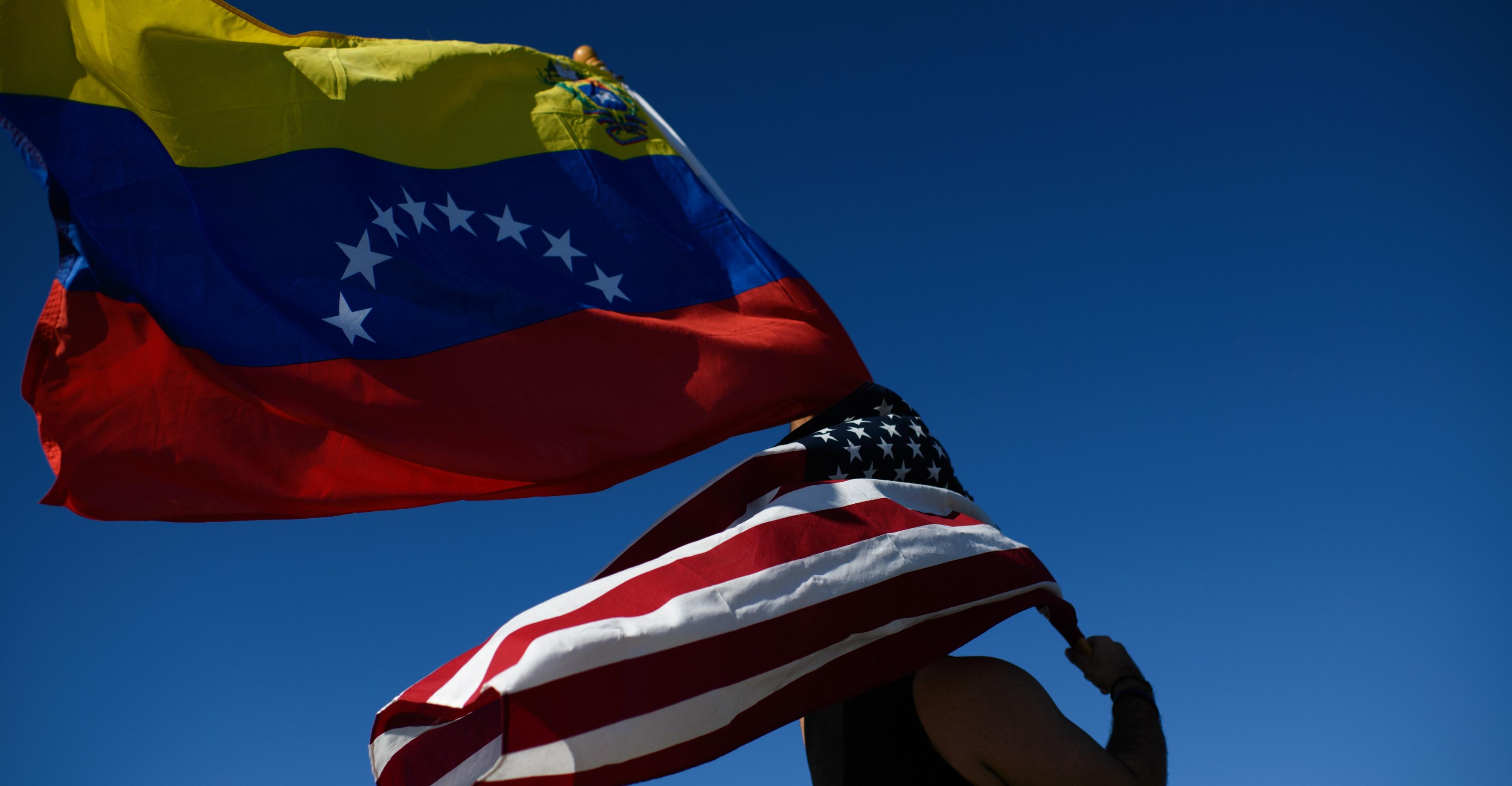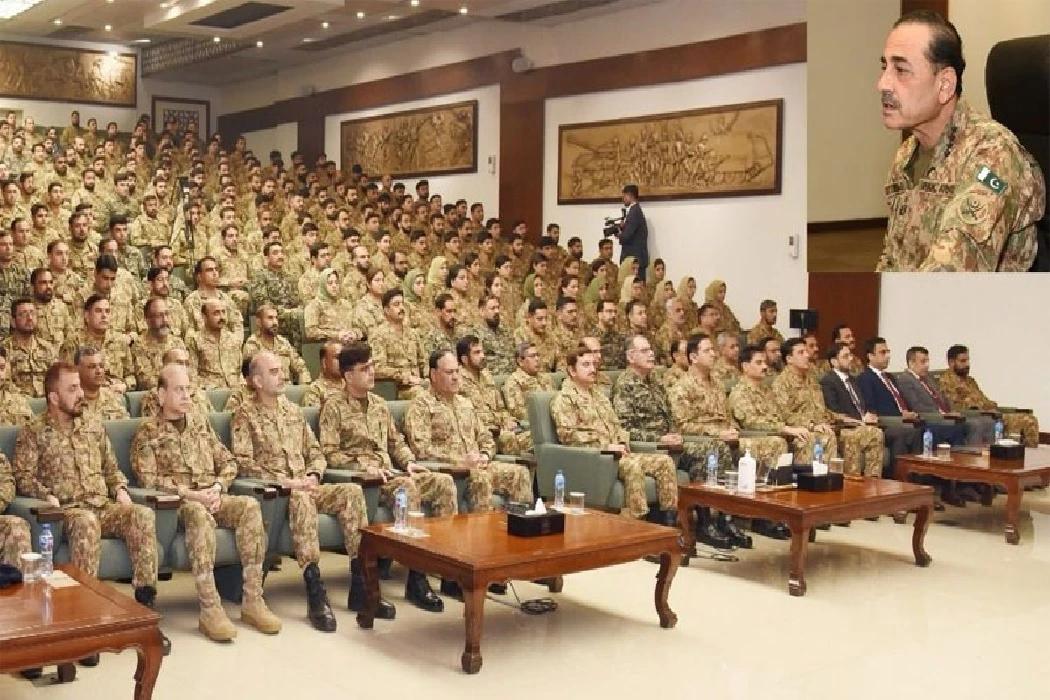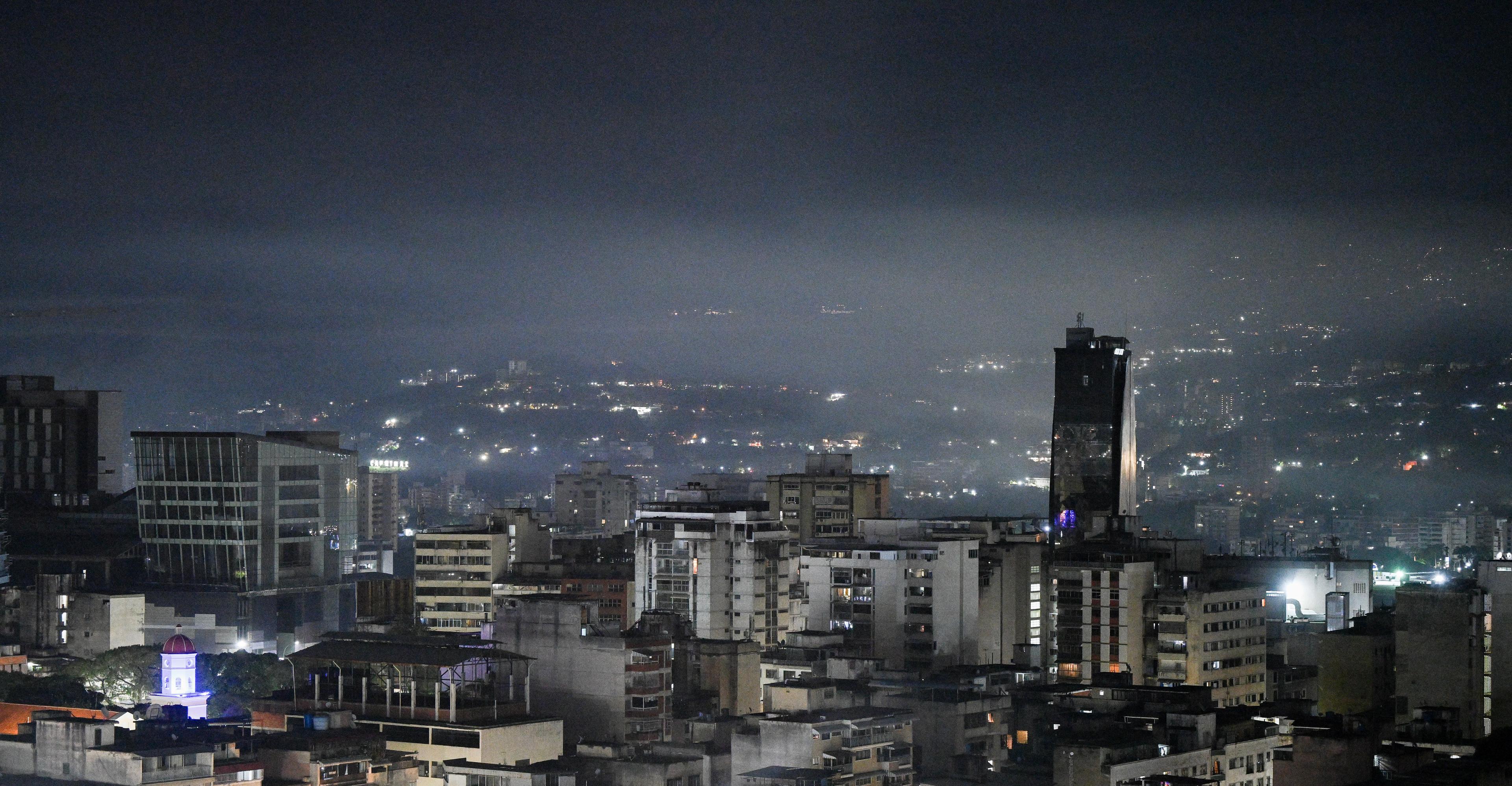What American cities could do right now to save us from this unbearable heat
On a hot summer day in New York City, I have a singular need: shade. This is one reason I appreciate trees, especially the big leafy ones. But there are in fact many others: Trees suck up carbon dioxide and other pollutants, helping clean the air and offset …

Published a year ago on Jul 17th 2024, 12:00 pm
By Web Desk

On a hot summer day in New York City, I have a singular need: shade. This is one reason I appreciate trees, especially the big leafy ones. But there are in fact many others: Trees suck up carbon dioxide and other pollutants, helping clean the air and offset planet-warming emissions. They not only block the sun, creating shade, but also pump water vapor out through their leaves, which cools the air. Their roots, meanwhile, help rainwater seep into the soil that might otherwise flood the streets. Plus, trees literally make us less anxious. People who live in urban neighborhoods with more trees tend to be less stressed. My point: Trees are good. This is not exactly a revelation, but it’s a point worth underscoring, as many neighborhoods — in New York, Phoenix, and elsewhere — don’t have enough of them. And these treeless city stretches are often disproportionately nonwhite and home to residents with less money. Planting more trees in these neighborhoods is about far more than aesthetics. It can literally help keep people alive. How, though, does a place like NYC go about planting trees and filling these life-threatening gaps in tree cover? The trash-laden, concrete-covered blocks aren’t exactly ideal for growing. Then there’s climate change, which is raising temperatures and pushing more saltwater onto land, thus altering growing conditions. To understand how big cities think about the role of trees and where to put them, I spoke with Jessica Einhorn, the chief of forestry programs at the New York City Department of Parks & Recreation. Einhorn, a trained forester, oversees tree preservation and planting in the city. Our conversation has been edited for length and clarity. [Image: A tree planted by NYC Parks. https://platform.vox.com/wp-content/uploads/sites/2/2024/07/GettyImages-2156991200.jpg?quality=90&strip=all] Shade is super important, but it’s not equitably distributed Benji Jones Trees provide an obvious benefit as the city warms — shade — but can you explain just how big that benefit is? Jessica Einhorn On a hot summer day, surface temperatures in shaded areas may be anywhere between 20 to 45 degrees cooler than unshaded areas. It’s wild. Benji Jones How do you choose what species of tree to plant? Jessica Einhorn We have a list of more than 130 different species. We’ve made an effort to diversify our planting palette. When you diversify the urban forest, you're proactively planning for the spread of various diseases. If we had just five different trees across the city, a pest like emerald ash borer could come through and decimate a high percentage of them. We consider the land use of the site — whether it’s a commercial or residential strip, industrial land, or a park area — and whether there are overhead wires. We don’t want a tree to grow into wires and cause outages. In those cases, we might plant smaller species, such as a plum tree or a lilac tree. Shorter trees tend to be flowering species, but they often don’t have the same longevity as taller trees. In a heavily trafficked commercial strip of land, we might want to choose a particularly hardy species, such as honey locusts. They can take a lot of compacted soil and withstand a decent amount of drought. The surrounding environment is another big thing we consider. We have changed our approach to planting significantly since Superstorm Sandy, when we saw significant saltwater inundation and a major decline in tree health. Lots of trees died throughout the city — namely London plane trees, which are not salt tolerant. We are definitely paying attention to tree species that are salt tolerant, such as hawthorns and hackberry, in saltwater inundation zones. Benji Jones Is the amount of shade the tree provides a consideration? Jessica Einhorn It’s our mission to maximize tree canopy, so we want to plant the biggest tree that’s appropriate. If we have a site along the street with a big open space to grow, we want to plant our larger canopy trees, such as species of oaks. Other trees, like linden trees, have very broad leaves and can provide really dense shade. Benji Jones How do you determine where to plant them? Jessica Einhorn Right now, we prioritize areas for tree planting based on the Heat Vulnerability Index [HVI]. It’s pulled together by the city department of health and based on a number of factors including the surface temperature, green space, access to home air conditioning, percentage of residents who are low-income, and the percentage of residents who are non-Latinx Black. We’re focusing on these historically disadvantaged communities in order to increase tree canopy in the spaces where, historically, we haven’t had as many trees. We’ve made a commitment to fully stock HVI 4 and HVI 5 — regions with the highest heat risks — by 2027. That means you have a forester walking down the block, looking for any available planting spaces, and marking them. Benji Jones Only a small percent of the city’s trees are in areas populated largely by people of color. Will these planting efforts help close this gap? Jessica Einhorn It will help, but we have a long way to go. Historically, affluent communities were designed with trees in mind whereas the disadvantaged communities were not. Even if we fully stock the areas that have historically been underserved, we won’t be able to match the canopy coverage in the historically served areas. The blocks cannot accommodate as many trees because there’s other infrastructure that creates conflict. Bringing heat-loving trees north Benji Jones Are all of the trees native species? Jessica Einhorn About half of the 130-plus trees are not from the US. The landscape and streetscape of New York City does not mimic anything native to this area. Many native trees are not hardy enough; they can’t withstand a lot of the typical environments in such a dense urban area. You can define native in different ways: native to the US or native to this specific region? We’re introducing trees from warmer climates as our climate trends in that direction, like crape myrtles or southern magnolias. Historically, those trees were not found in NYC, but we’re considering them for planting because of the change in climate and impacts of the urban heat island effect. Some might consider them native, whereas others wouldn’t. Benji Jones How much do you consider allergies? Do you think about planting trees that are less pollen-y? Jessica Einhorn No. Shade and hardiness take priority over pollen dispersal. Benji Jones Why do cities have so many ginkgo trees? Jessica Einhorn That’s another tree to add to the “very hardy” list. They can really withstand a lot. And they’re beautiful; their leaves shimmer in the wind. Benji Jones How are you preparing for an even warmer future? Jessica Einhorn We are introducing tree species from more southern climates. We’re not going full tropical here, but we are looking south. We can now very successfully plant crape myrtle here, whereas 15-20 years ago we wouldn’t have considered it. Then we also have to phase out other tree species that are no longer appropriate here. One of my favorite tree species, the sugar maple, is really just not one that we plant anymore because the city is not an appropriate climate.

PM announces to launch major development projects in Balochistan
- 10 hours ago

8BitDo’s new wireless Xbox controller has swappable ABXY button switches
- 15 hours ago

Nvidia’s GeForce Now is getting native Linux and Fire TV apps
- a day ago

What actually is the “Donroe Doctrine”?
- a day ago

How Trump brought the World Cup to America
- a day ago

Quetta: Prime Minister arrives at Governor House, briefed on provincial affairs and development projects
- 12 hours ago

Field Marshal meets Bangladesh air chief, reaffirms commitment to strengthen defense relations
- 9 hours ago

This free feature helps make stolen Bosch e-bikes unsellable
- a day ago
Green Shirts beat Sri Lanka by six wickets in first T20I
- a day ago

Air chief visits Saudi Arabia, pledges to strengthen defense cooperation
- 12 hours ago

Armed Forces remain steadfast in safeguarding country’s sovereignty: Field Marshal
- 12 hours ago

Is this the folding iPhone’s creaseless display?
- a day ago
You May Like
Trending









